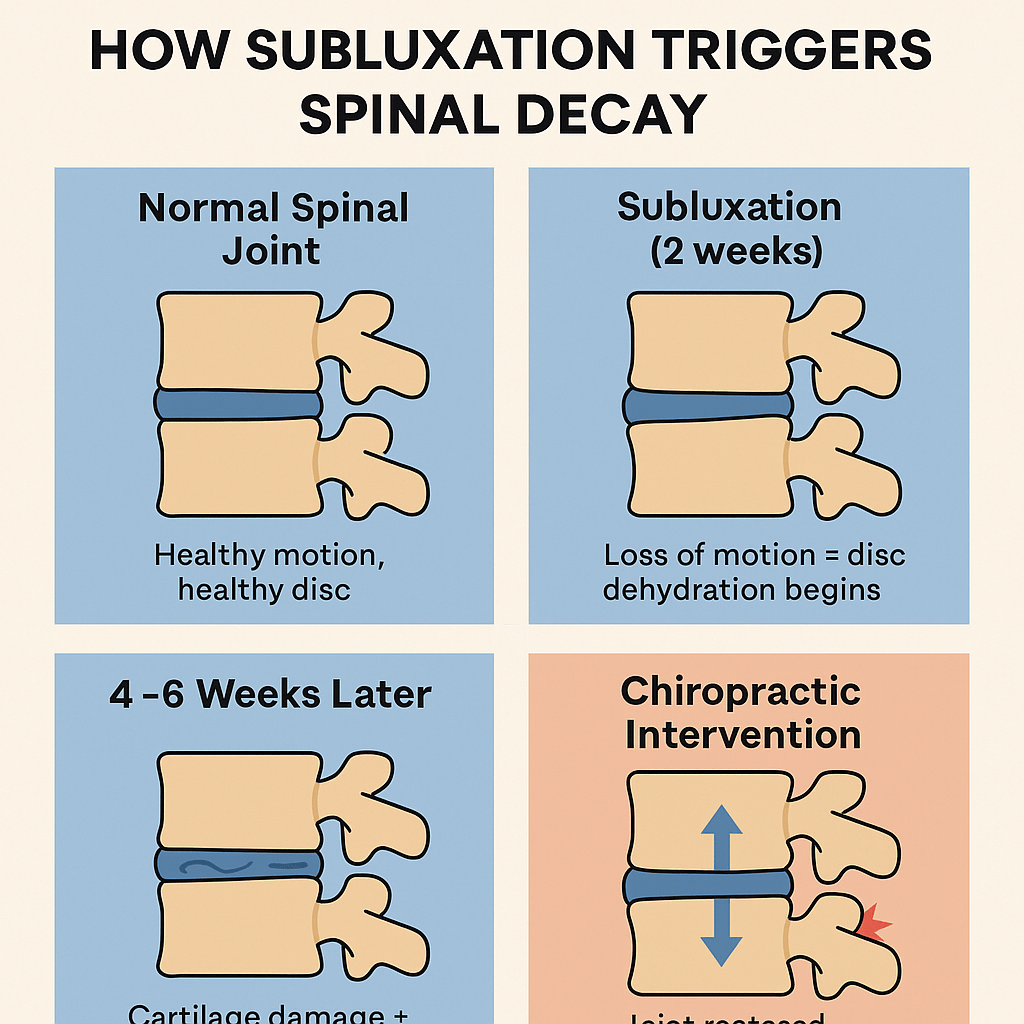We live in a world that moves fast. We want results yesterday—especially when it comes to our health. So, it’s no surprise that many people feel frustrated when their back or neck doesn’t bounce back after a week or two of rest. But here’s the thing: when ligaments are involved, healing isn’t a sprint—it’s a marathon.
And your spine? It’s held together by more than 230 ligaments. Yes, 230+! These tough bands of connective tissue are like the scaffolding that stabilises your spine and keeps your nervous system protected. So when injury, stress, or subluxation (that’s a miscommunication or disruption between spinal joints and the nervous system) occurs, ligament healing becomes a critical part of the recovery journey.
Let’s unpack how long this process actually takes—and why patience is your superpower.
Ligament Healing: The Reality Behind the Timeline
Ligaments don’t get the same kind of blood flow that muscles do, which is why they take longer to heal. On average, ligament healing happens in three phases:
1. Inflammation Phase (0–72 hours)
Right after injury or strain, the body sends in the troops—white blood cells, repair molecules, and swelling—to start the healing cascade. This stage is painful but essential.
2. Proliferation Phase (3 days to 6 weeks)
Fibroblasts begin producing new collagen to mend the torn or stretched ligament. It’s a construction zone in your body—but the tissue here is still weak and vulnerable to re-injury.
3. Remodelling Phase (6 weeks to 12 months—or longer)
This is where the magic (and the patience) really comes in. The new collagen gradually becomes more organised and stronger. But get this—ligaments can take up to 12 to 18 months to regain close to their full original strength. And even then, they might only reach 70–80% of their pre-injury tensile strength depending on the severity and how it’s managed.
Subluxations, Ligament Injury & Why It Matters
Subluxations can both cause and prolong ligament issues.
When a joint in your spine loses its normal movement or alignment—even slightly—it creates stress in the surrounding ligaments, muscles, and nerves. That’s a subluxation. Over time, this stress weakens the ligaments and alters the way your body moves, heals, and functions.
And if you’ve already had a ligament injury (from poor posture, lifting something awkwardly, or even repetitive stress at work or in sport), your spine is now more prone to subluxations. This creates a frustrating cycle: joint dysfunction stresses ligaments, weak ligaments allow more dysfunction, and round and round it goes.
Healing Isn’t Linear—It’s Layered
Here’s what most people don’t realise: just because the pain fades doesn’t mean the ligaments are fully healed.
Pain might subside in a few weeks. But that doesn’t mean your body is ready to go full throttle again. It’s like patching up a pothole with duct tape—it might feel smooth for a moment, but it won’t hold under pressure.
This is why consistent chiropractic care is so important—especially after an injury or a known subluxation. Chiropractic adjustments help restore normal joint motion and reduce stress on healing ligaments. It’s like giving your spine the alignment and feedback it needs so the body can build back better—stronger, more stable, and more connected.
230 Ligaments, 1 Nervous System—Protect What’s Vital
Your spine is more than bones and discs—it’s a masterpiece of structure and function. With over 230 ligaments and countless nerves threading through it, everything needs to work in harmony. When even one part is out of sync, it can throw off your entire system—from posture and performance to digestion and energy.
So if you’ve ever wondered why your chiropractor recommends ongoing care after an injury or strain—it’s because healing takes time, and your ligaments deserve that time. Rushing back to life at full speed too early can mean setbacks, reinjury, and frustration.
Let your body do what it does best: heal—with time, support, and expert guidance.
Self-Care Tip: Honour the Healing Phases
If you’re recovering from a back or neck issue:
- Avoid rushing back into heavy lifting or long hours at the desk.
- Support your body with movement, not strain—think gentle walking, stretching, and proper hydration.
- Don’t stop care just because the pain goes—healing continues well beyond pain relief.
Need Help Navigating Healing?
At Limitless Chiropractic, we’re here to support your journey—not just to get you out of pain, but to help your ligaments, joints, and nervous system thrive for the long haul. We take the time to assess your movement, detect subluxations, and keep your healing momentum strong—so you can live life, move well, and stay limitless.alk around the room. Your spine loves movement, and a little goes a long way. Better yet, come in for a check-up. Let’s make sure your spine is moving like it should.
References:
- Woo, S.L-Y. et al. (1999). Healing and repair of ligaments. Journal of Biomechanics.
- Hauser, R.A., Dolan, E.E., et al. (2011). Ligament Injury and Healing: A Review of Current Clinical Diagnostics and Therapeutics.
- Hertling, D., & Kessler, R.M. (2006). Management of Common Musculoskeletal Disorders: Physical Therapy Principles and Methods.
- Panjabi, M.M. (1992). The stabilizing system of the spine. Part I: Function, dysfunction, adaptation, and enhancement.
Experience Limitless Movement Chiropractic Care in Wellington
If you’re in Wellington and looking for expert chiropractic care, we’re here to help. At Limitless Chiropractic, we focus on helping you move better, feel stronger, and live without limits. Book your appointment today and take the first step toward a healthier, more mobile you!
Ready to begin or continue your healing journey? Let’s work together to unlock your body’s natural potential for wellness.
Book Your Limitless Journey Today
or call us at (04) 891 0911
